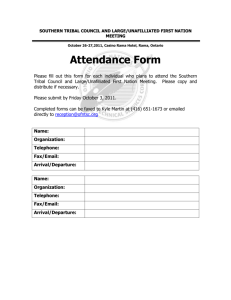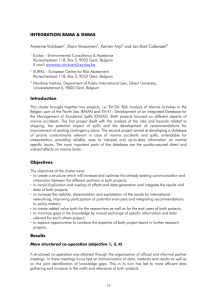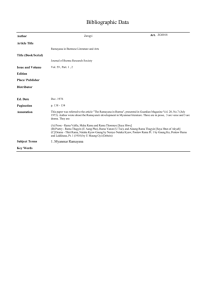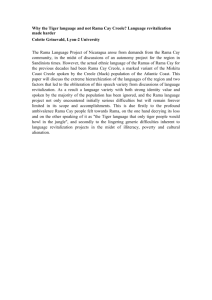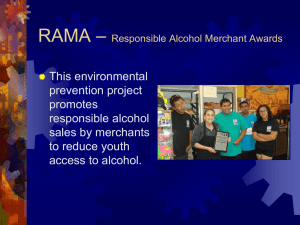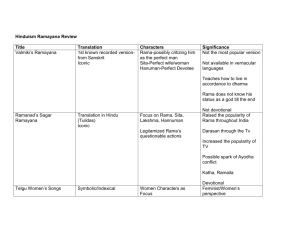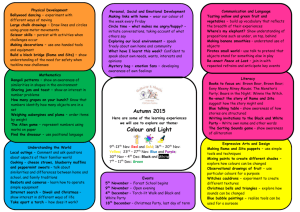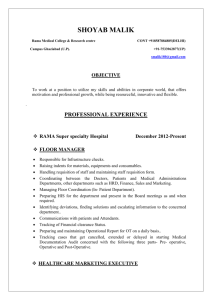Marine Incidents Management Cluster (MIMAC) Supporting Actions – SPSDII (2004-2006) VLIZ
advertisement
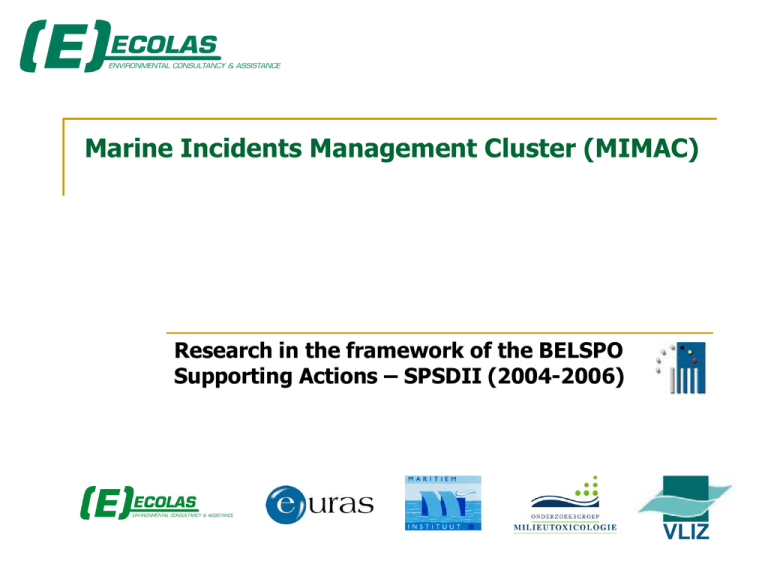
Marine Incidents Management Cluster (MIMAC) Research in the framework of the BELSPO Supporting Actions – SPSDII (2004-2006) VLIZ Marine Incidents Management Cluster (MIMAC) 2-years cluster project (2004-2006): Risk analysis of marine activities in the Belgian Part of the North Sea (RAMA) Development of an integrated database for the management of accidental spills (DIMAS) Website MIMAC: http://www.vliz.be/projects/mimac/ Objectives 1. 2. 3. 4. 5. 6. 7. Optimization communication and interaction Avoid duplication & overlap of efforts & data generation Minimise gaps in knowledge by mutual exchange of information and data Integration of results & data Increase visibility & dissemination of results by international networking Create added value for the researchers & end users Explore opportunities in future research Structured co-operation DIMAS best practice recommendations for combatement in case of spills (eco)toxicological data collection Quality analysis and interpretation of data user friendly consultable database priority pollutants list of relevant dangerous goods Shipping cargo data Hazard analysis environmental spills RAMA hazard analysis shipping incidents environmental impact analysis priority list of risks contigency plan recommendations Knowledge gaps RAMA: DIMAS: data on ecotoxicity for the selected substances in RAMA were not readily available; data on fate of chemicals were not available. data on transport were very limited; data on distribution of chemicals were not available. MIMAC: even after clustering the DIMAS and RAMA projects, some data gaps remained: more information (modelling) is needed concerning fate and distribution of chemical spills on the North Sea; current modelling efforts are solely focussed on oil spills; for a number of substances, marine-specific ecotoxicity data are lacking so that extrapolations from freshwater data were needed. Knowledge gaps & future opportunities RAMA: DIMAS: data on ecotoxicity for the selected substances in RAMA were not readily available; data on fate of chemicals were not available. data on transport were very limited; data on distribution of chemicals were not available. MIMAC: even after clustering the DIMAS and RAMA projects, some data gaps remained: more information (modelling) is needed concerning fate and distribution of chemical spills on the North Sea; current modelling efforts are solely focussed on oil spills; for a number of substances, marine-specific ecotoxicity data are lacking so that extrapolations from freshwater data were needed. Future research possibilities International conference 1. 2. 3. 4. 5. 6. 7. Optimization communication and interaction Avoid duplication & overlap of efforts & data generation Minimise gaps in knowledge by mutual exchange of information and data Integration of results & data Increase visibility & dissemination of results by international networking Create added value for the researchers & end users Explore opportunities in future research
